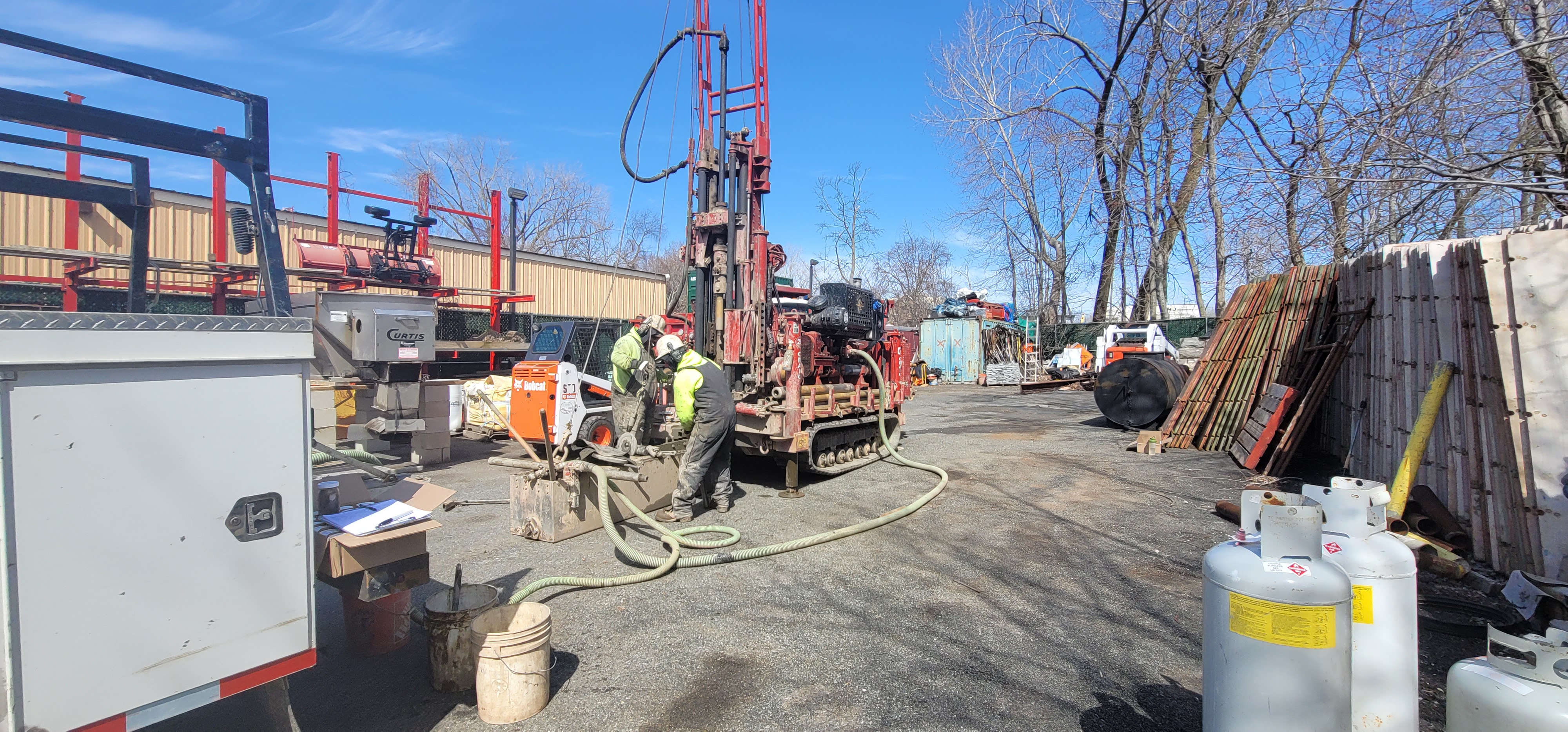Insights
GZA and Growth of Battery Energy Storage Systems (BESS)
At a Glance
At GZA, we provide turnkey services for solar, from site selection to construction. Since we see so many projects in the early planning stages, we’re starting to see rapid growth with Battery Energy Storage Systems (BESS).
These are industrial-scale rechargeable battery packs that draw power from the grid at times of low demand and discharge it during high demand. While BESS has been available for years, the cost of industrial batteries limited its use to facilities that needed to guarantee power at all times. However, improvements to battery chemistry and manufacturing have substantially decreased the cost. According to a Department of Energy analysis, for example, vehicle-grade lithium-ion battery packs declined 87% in cost between 2008 and 2021.
Thanks to these cost reductions, we’re now seeing BESS planned in urban settings or next to major suburban electrical grid substations. BESS are used to supply electricity to the grid at times of peak demand when pricing is high.
GZA has been providing geotechnical services for ground-mount solar photo-voltaic (PV) systems for the last eight years. In about the last year or so, we've started to see ground-mounted PV systems designed with on-site BESS. That trend accelerated at the beginning of 2021, with more stand-alone BESS in densely populated urban areas with no associated PV generating capacity. On Staten Island alone, we completed BESS geotechnical studies in 2021 for 20 individual sites, mostly in light industrial areas often used for equipment storage or left fallow. We’ve seen an increase in utilization of rooftops to host BESS in Manhattan. And in Massachusetts, we have three large sites where 100 to 250 MW stand-alone BESS are planned.
Why is this happening? Some states are starting to mandate a supply percentage from renewable sources such as solar and wind power; New York, for example, has required 3,000 MW of energy storage to be built by 2030 as part of the Climate Leadership and Community Protection Act. Peak demand is often supplemented with carbon-heavy generating systems such as gas, oil, and coal. The use of these systems decreases the percent of renewables, even if there may be ample renewable power at off-peak times.
One solution to this pursuit of mandated renewable power sources is to decrease the demand for carbon-heavy generating systems at peak demand times by connecting BESS to supply the grid for short peak demand periods. As these systems can be deployed with less construction work and with a lower cost compared to fossil fuel plant construction, we foresee them becoming even more popular.
